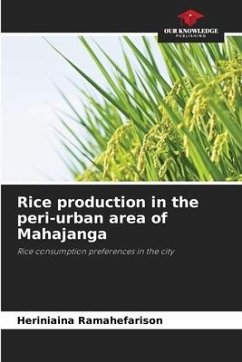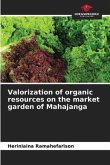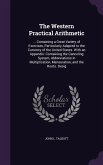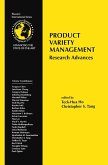Rice cultivation in the lowlands of the peri-urban area of Mahajanga is a small family operation, producing about 0.8 t/ha. Currently, the Tahia variety is one of the most widely grown varieties in the two sites, and it meets the criteria of producers' choice and consumers' expectations. Rice yield improvement was done by determining the influences of transplanting age, transplanting density, number of strands per clump and fertilizer application. The results obtained show that plants transplanted at a transplanting density of 16 plants per square meter, at the age of 8 days after sowing had high yields compared to plants transplanted at the age of 30 days and to the farmer's practice, transplanting plants at 30 days after sowing with a transplanting density of 26 plants per square meter. In the fertilizer test, the combination of organic and mineral fertilizers resulted in higher yields.
Bitte wählen Sie Ihr Anliegen aus.
Rechnungen
Retourenschein anfordern
Bestellstatus
Storno





![The Rhode Island Register, for the Year 1853 [And 1856]: Containing a Business Directory of the State, With a Variety of Useful Information, Volume 2 The Rhode Island Register, for the Year 1853 [And 1856]: Containing a Business Directory of the State, With a Variety of Useful Information, Volume 2](https://bilder.buecher.de/produkte/66/66081/66081751m.jpg)


